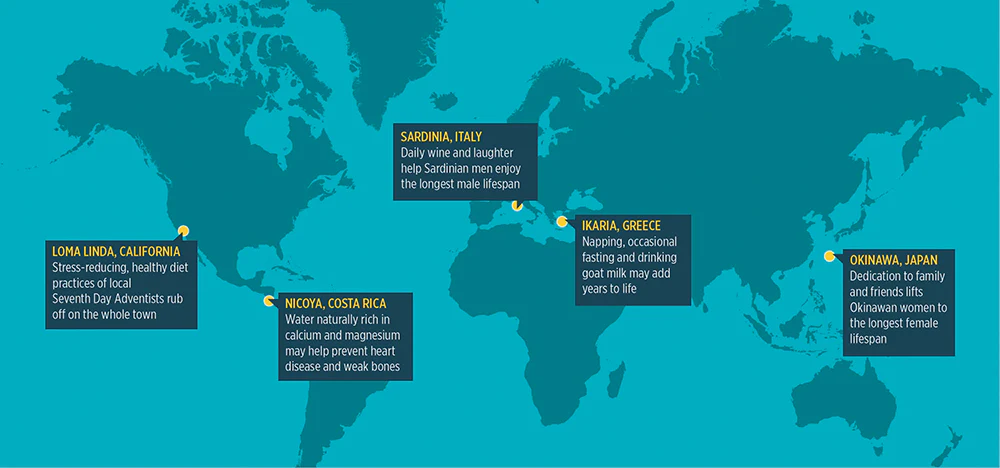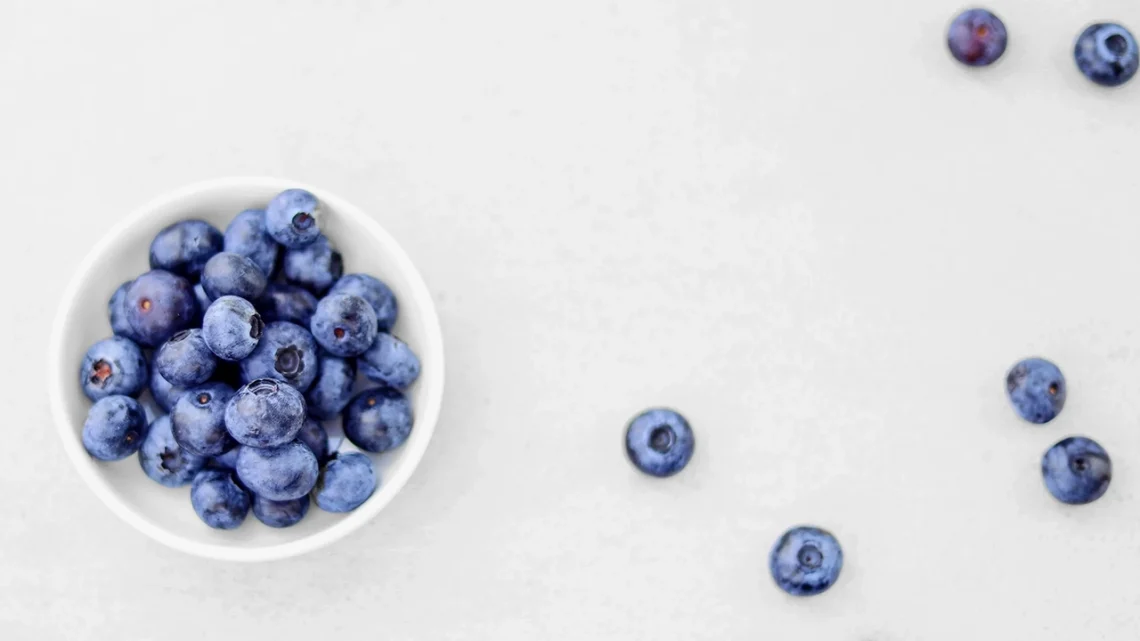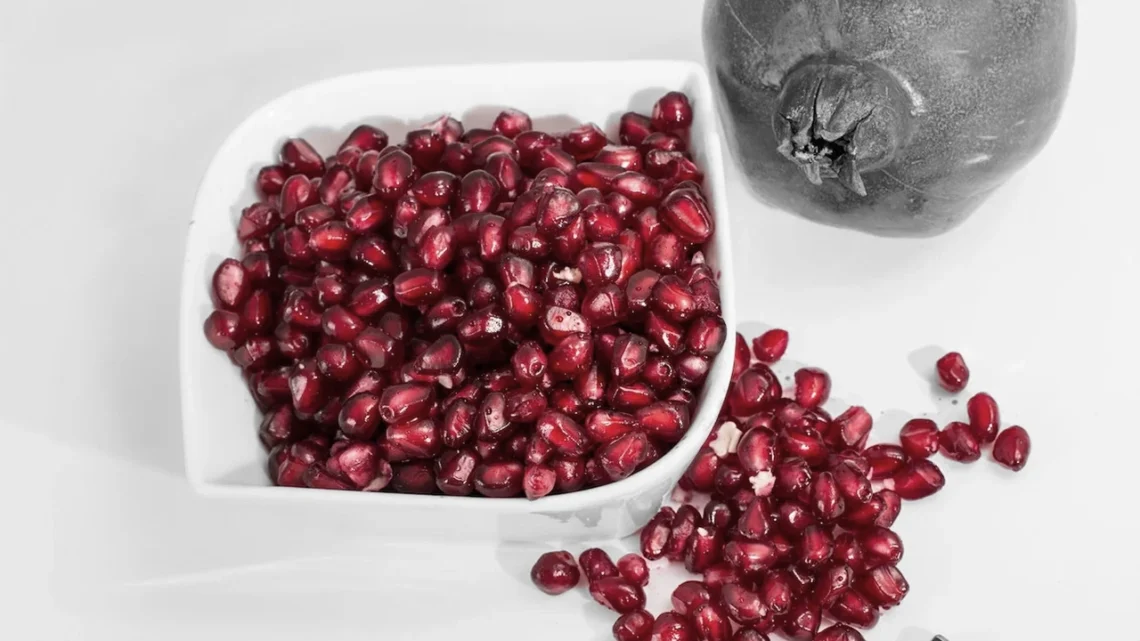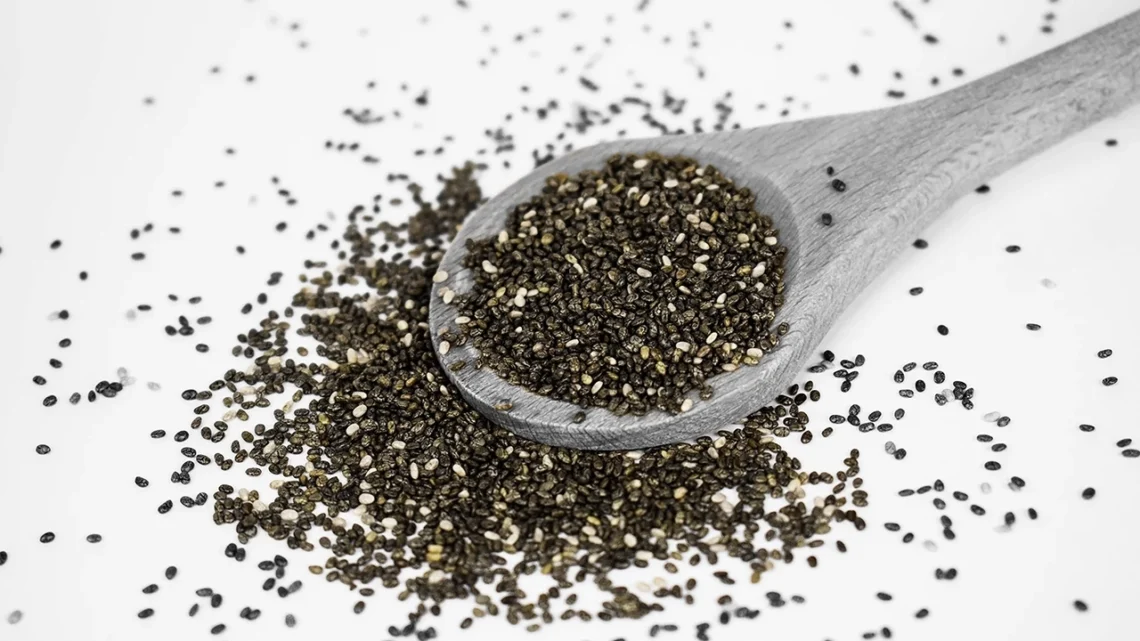So what exactly is ORAC? Well, it stands for Oxygen Radical Absorbance Capacity and the term was introduced into the mainstream in 1993 by U.S. researchers at the National Institute of Ageing.
How exactly ORAC is measured is a little confusing but, put simply, the findings of the experiments were that the higher the ORAC value, the more free radicals that food could quench in a test tube.
Upon its implementation, the ‘superfruit’ was born and the battle of the ORACs continues to be fought by such fruits as noni, goji, acai, maqui berry and others.
The Blue Zone Diet
To prove that there really is science behind the benefits of food with a high ORAC score, take the world’s Blue Zones. There are five of these areas scattered across the globe where people tend to live far longer than the average human being.

Along with other external factors, one reason for this anomaly is largely understood to be down to the communities’ diet.
When we look a little closer at what these people are consuming on a regular basis, we see raw food, drink and spices like turmeric, soy, beans, grains and even wine — all of which contain high ORAC scores.
These are all foods we recognise, which may be making it hard to believe that things like soy and wine are making people live longer. But to perhaps prove the correlation a little more, take the small city of Nicoya in Costa Rica, where the people produce purple sweet potato (or yams) and purple sweet corn.
The fact that these rare foods are packed full of antioxidants and rate very highly on the ORAC scale perhaps gives more credence to the theory that diet is affecting how long we live.
For us though, these purple-coloured exotic foods are hard to come by — and expensive — but it’s not difficult to find other edible items with a high ORAC score closer to home.
The foods with the top ORAC scores
Before we delve into the foods that are highest on the ORAC scale, there is an obvious problem — the scale is often based on 100 grams of food.
So, whilst we could readily consume 100 grams of blueberries, it is unlikely that 100 grams of cocoa powder is so palatable! Similarly, herbs and spices tend to rate extremely high on the scale; 100 grams of dried cloves score 314,000 ORAC units and dried oregano scores 200,129 units.
But let’s face it, we’re not going to be throwing in 100 grams of dried cloves into our dinners any time soon. Worse still, some product manufacturers don’t always specify what quantity of food was used to calculate the quoted value, so even nutrition-savvy consumers are left wondering!
| FOOD |
|
SERVE SIZE | ORAC VALUE (Average serve size) |
| Pomegranate Juice | 2341 | 1 glass (253mls) | 6014 |
| Blueberries | 6500 | 1/2 cup (72g) | 4680 |
| Green Tea | 1253 | 1 cup (240mls) | 3027 |
| Orange, Navel | 1819 | 1 medium (140g) | 2547 |
| Cocoa Powder | 80933 | 1 teaspoon (2.7g) | 2185 |
| Mango | 1002 | 1 whole (207g) | 2074 |
| Broccoli, Steamed | 2386 | 1/2 cup (80g) | 1861 |
| Orange Juice | 726 | 1 cup (253mls) | 1837 |
| Potatoes | 1058 | 1 small (138g) | 1460 |
| Spinach | 1515 | 1/2 cup (90g) | 1364 |
Do not take this table as gospel, but rather a helpful guide. First of all, a lot of marketers would have us believe that expensive and sometimes exotic fruits such as blueberry and pomegranate are superior because of their high ORAC values.
However, it may surprise you to learn that one red Fuji apple (7781 per 100 grams) has a higher ORAC value than an average serve of blueberries. In a similar vein, a Navel orange, often considered the benchmark for antioxidant intake via Vitamin C is lower in ORAC value than a red apple.
Much of the reason why you’ll find an array of different ‘top 10s’ out there is because the measuring units for ORAC is not foolproof.
For example, it can change with the density of food. So, a grape can actually have a lower antioxidant score than a raisin which comes from the exact same food source. This is because the antioxidising capabilities of natural foods, which are high in water, can be underestimated, while highly processed foods, which have had the water and insides sucked out of them, can be overestimated using an ORAC score.
Although these scores can be confusing and sometimes we should be a little sceptical of foods that frame their value solely on their ORAC scores, they are extremely helpful in the battle against free radicals in our bodies.
If you want to get the most out of these superfoods, it’s best to eat them in their rawest form, or steam cook as this reduces ORAC scores the least.
Let’s go back to those wonderful Blue Zone communities. If we compare ORAC scores in their diets with how long their living, we begin to see a remarkable correlation. So, it seems then, what we can learn is that consuming healthy and nutritional food in its rawest form is, ultimately, the best thing for our beautiful bodies.
To your blossoming xxx
(Image credit: awesci)




